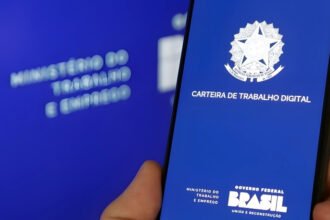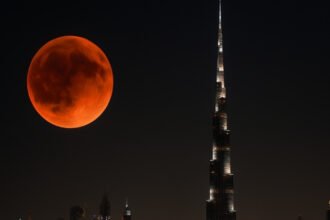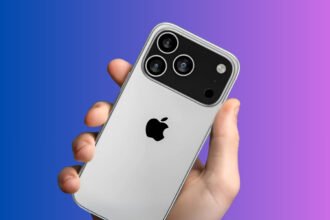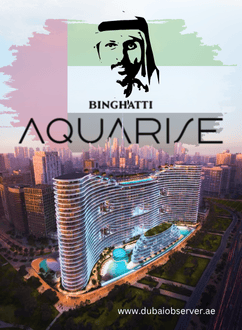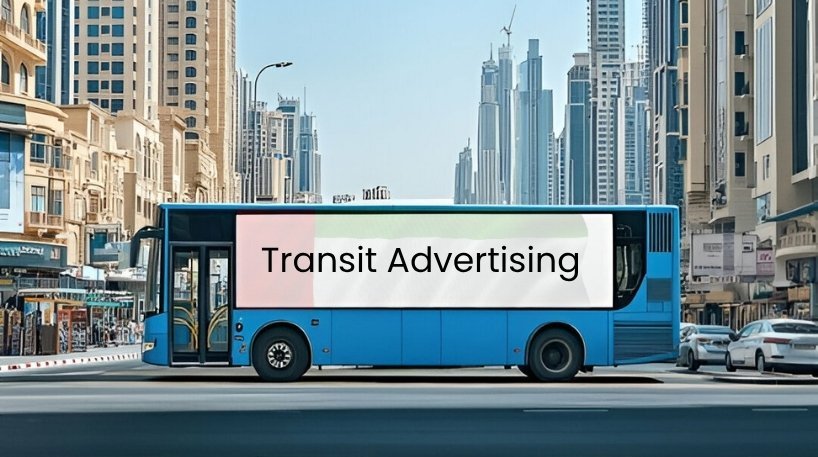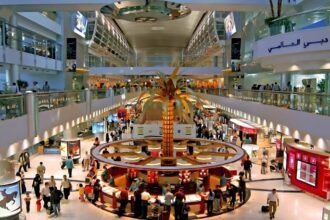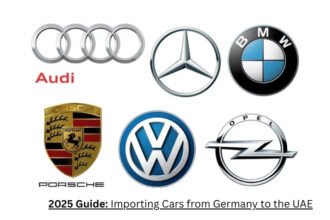What Is Transit Advertising?
Transit advertising involves placing ads on public transportation vehicles like Dubai Metro trains, RTA buses, water buses, or at key locations like Metro stations, bus stops, and even major taxi ranks. Identified as a powerful form of out-of-home (OOH) advertising, it’s an exceptional way to reach Dubai’s vast population of residents and tourists efficiently.
How Does Transit Advertising Work in Dubai?
Transit advertising in Dubai primarily works through the Roads and Transport Authority (RTA) or authorized advertising agencies. Businesses rent space:
- Externally: Wraps or panels on RTA buses, Dubai Metro trains (including the driverless Red Line and Green Line).
- Internally: Digital screens or posters inside Metro carriages, buses, and water taxis.
- Stations/Stops: Large-format displays, digital screens, or posters at major hubs like Union Square, BurJuman, Mall of the Emirates, Ibn Battuta, and busy bus shelters across the city.
This strategy excels at reaching commuters traveling between Dubai Marina, Downtown, Business Bay, DIFC, or Deira, tourists heading to attractions, and residents running daily errands across the emirate.
How Can You Acquire This Type of Advertising in Dubai?
Interested in Dubai transit advertising? Your first step is to contact the RTA’s advertising department or a Dubai-based advertising agency specializing in OOH and transit media. You’ll then decide on specifics like:
- Size & Format: Full bus wrap, Metro carriage panel, digital screen ad, bus shelter poster.
- Placement: Specific bus routes (e.g., routes serving Marina or Academic City), specific Metro lines/stations (e.g., Red Line screens near Dubai Mall), high-footfall bus stops.
- Duration: Campaign length (weeks or months).
The Benefits of Public Transportation Advertisements in Dubai
Transit advertising connects your brand directly with Dubai’s diverse, on-the-move population. It offers significant creative freedom for marketers. Key benefits include:
- Massive Reach in a Key Market: Dubai’s public transport network sees millions of rides weekly. An ad on the Dubai Metro or a key bus route (like those along Sheikh Zayed Road or serving Expo City) gains exposure to a vast, captive audience – commuters, tourists, and families alike.
- Cost-Effectiveness: Compared to other major Dubai advertising channels like premium mall media or high-impact digital campaigns, transit advertising often offers a lower Cost Per Thousand Impressions (CPM). For instance, a high-impact Metro station digital screen can deliver significant visibility at a fraction of the cost of prime-time TV ads in the UAE market.
- High Frequency & Visibility: Commuters using the Metro or specific bus routes daily will see your ad repeatedly, building strong brand recall. Major transit hubs ensure your message is seen by huge volumes of people.
- Flexibility: Target strategically. Advertise on specific bus routes serving your target area (e.g., buses near DIFC for financial services), on specific Metro lines (Red Line for tourists/residents connecting major attractions), or choose durations from short promotional bursts to long-term branding.
The Disadvantages of Transit Advertising in Dubai
As with any marketing, consider these Dubai-specific factors:
- Limited Demographic Targeting: You cannot specifically target by age, gender, nationality, or income level through basic transit ads. Your ad will be seen by everyone using that bus, train, or station – from labourers to executives, tourists to long-term residents. (Note: Some digital screens offer day-part targeting).
- Potential for Intrusion: As a form of unavoidable OOH advertising, some viewers might find certain ads intrusive, especially in confined spaces like Metro carriages during rush hour. Repetitive exposure in high-traffic areas could lead to annoyance if the creative isn’t engaging.
- Measurement Challenges: Tracking direct ROI (like clicks or conversions) is inherently harder than with online ads. While you can estimate impressions based on RTA ridership data for specific routes or stations, directly linking a sale to seeing a bus ad remains complex. Use promo codes or dedicated landing pages for better tracking where possible.
- Cultural & Regulatory Sensitivity: Ads must strictly adhere to UAE advertising regulations and cultural norms regarding imagery, language, and messaging. The RTA has clear approval processes.
Tips for Successful Transit Advertising Campaigns in Dubai
Maximize your Dubai transit campaign:
- Research the Dubai Network: Understand which RTA routes, Metro lines, and stations best align with your target audience’s movements (e.g., Airport Express for tourists, Business Bay station for professionals). Follow RTA Dubai and key Dubai advertising/marketing news sources on social media (LinkedIn is often more relevant than Twitter/Facebook for B2B) for updates.
- Prioritize High-Quality Creative: Dubai’s audience is sophisticated. Ensure your visuals are striking, your copy is concise and compelling, and your branding is clear. Designs must work at high speed (for bus wraps) and in crowded environments. Crucially, ensure designs are culturally appropriate and pre-approved.
- Focus on Key Locations & Routes: Start with high-impact, high-traffic points. Consider:
- Metro: Digital screens inside Red Line carriages, large-format ads at major interchange stations (Union, BurJuman, Mall of the Emirates, Ibn Battuta).
- Buses: Wraps or side panels on buses serving major corridors (Sheikh Zayed Road, Al Khail Road, densely populated areas like Deira, Bur Dubai, Marina/JLT).
- Bus Stops: Premium shelters in high-footfall commercial or residential districts.
- Start Strategically, Then Scale: Begin with a focused campaign (e.g., ads on buses serving a specific area, digital screens on one Metro line) to test effectiveness before committing to a larger, city-wide rollout.
Is Transit Advertising Right for Your Dubai Business?
Understanding the Dubai-specific pros and cons allows for an informed decision.
Transit advertising is ideal if you:
- Aim for mass brand awareness among Dubai’s residents and visitors.
- Want high-frequency exposure in key commuting corridors.
- Seek a cost-effective OOH channel with significant reach.
- Have a visually strong, simple brand message.
It might be less suitable if:
- You require precise demographic or behavioural targeting.
- Your budget only allows for very niche channels.
- Measuring direct, immediate conversions is your absolute primary KPI.
Ultimately, the decision depends on your Dubai business goals. If reaching a vast, diverse, on-the-move audience aligns with your objectives, transit advertising is a powerful tool.Ready to explore transit advertising for your Dubai business? Contact the RTA Advertising Department or a reputable Dubai-based OOH advertising agency today. They can provide local market insights, specific route data, cost proposals, and guide you through the creative and regulatory process.
FAQs for Localized Dubai Transit Advertising
How much does transit advertising cost in Dubai, specifically with RTA?
Costs vary significantly based on format, location, and duration. A full bus wrap on a key route (e.g., Sheikh Zayed Road) commands a premium, while interior Metro digital screens or bus shelter posters offer more entry-level options. RTA and agencies provide quotes based on specific routes (e.g., Metro Red Line vs. Green Line) and stations (e.g., Dubai Mall vs. a suburban stop). While generally more cost-effective per impression than prime UAE TV or premium mall ads, always request detailed CPM (Cost Per Thousand Impressions) comparisons for your target locations.
Can I target specific demographics (like professionals or tourists) with Dubai transit ads?
- Basic transit ads offer broad reach but limited demographic targeting. You can, however, achieve geo-behavioral targeting:
- Professionals: Advertise on Metro lines/stations near DIFC/Business Bay (e.g., Financial Centre, Emirates Towers stations) or buses serving business districts.
- Tourists: Focus on Airport Express Metro, Red Line stations near Burj Khalifa/Dubai Mall, Palm Jumeirah Monorail, or buses linking hotels to attractions.
- Families/Residents: Target routes/stations near major residential communities (e.g., Discovery Gardens, Arabian Ranches bus routes, Ibn Battuta Metro). Some digital screens allow day-part targeting.
How do I measure the ROI or effectiveness of a transit ad campaign in Dubai?
- Direct conversion tracking is challenging, but use these Dubai-specific methods:
- RTA Ridership Data: Leverage official passenger volume stats for chosen routes/stations to estimate impressions.
- Trackable Offers: Use unique Dubai-specific promo codes, QR codes linked to campaign landing pages, or location-based mobile offers (“Show this ad at our Dubai Mall store for 10% off”).
- Brand Lift Studies: Conduct pre/post-campaign brand awareness/surveys in relevant Dubai areas.
- Website/Social Traffic: Monitor spikes in traffic from Dubai IPs during the campaign, especially near ad locations.
What are the key cultural or regulatory approvals needed for transit ads in Dubai?
- Strict compliance is mandatory:
- RTA Guidelines: All creative must adhere to RTA’s specific content, size, and technical specifications.
- National Media Council (NMC): Ad content must comply with UAE laws on decency, language (Arabic often required alongside English), imagery (modest attire, no offensive symbols), and prohibited claims.
- Cultural Sensitivity: Avoid content conflicting with Islamic values or local customs. Humor and imagery must be universally appropriate for Dubai’s diverse population. Your agency/RTA will guide you through the mandatory approval process.
Why choose transit ads over other OOH options in Dubai (like billboards or mall ads)?
- Transit offers unique advantages for the Dubai market:
- High Frequency & Captive Audience: Commuters see ads repeatedly during daily journeys (e.g., long Metro rides on the Red Line).
- Cost-Efficiency: Often lower CPM than premium billboards on SZR or high-footfall mall media.
- City-Wide Coverage & Mobility: Ads move with the audience across different districts, unlike static billboards.
- Tourist Reach: Effectively captures visitors heavily reliant on Metro/buses.
- Complementary: Best used alongside targeted mall ads or strategic billboards for a layered Dubai OOH strategy. Choose transit for mass awareness and frequency on key commuter routes.

